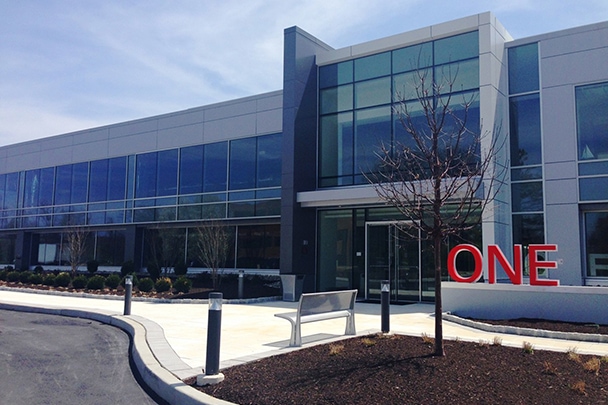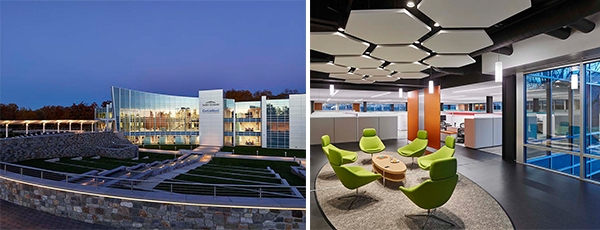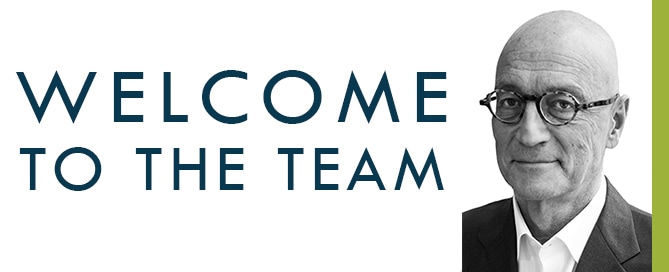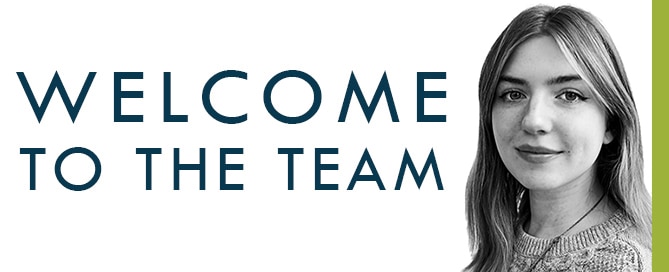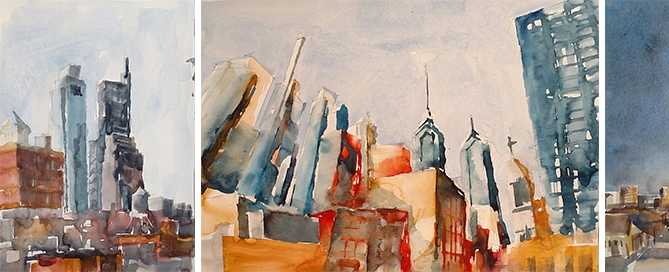
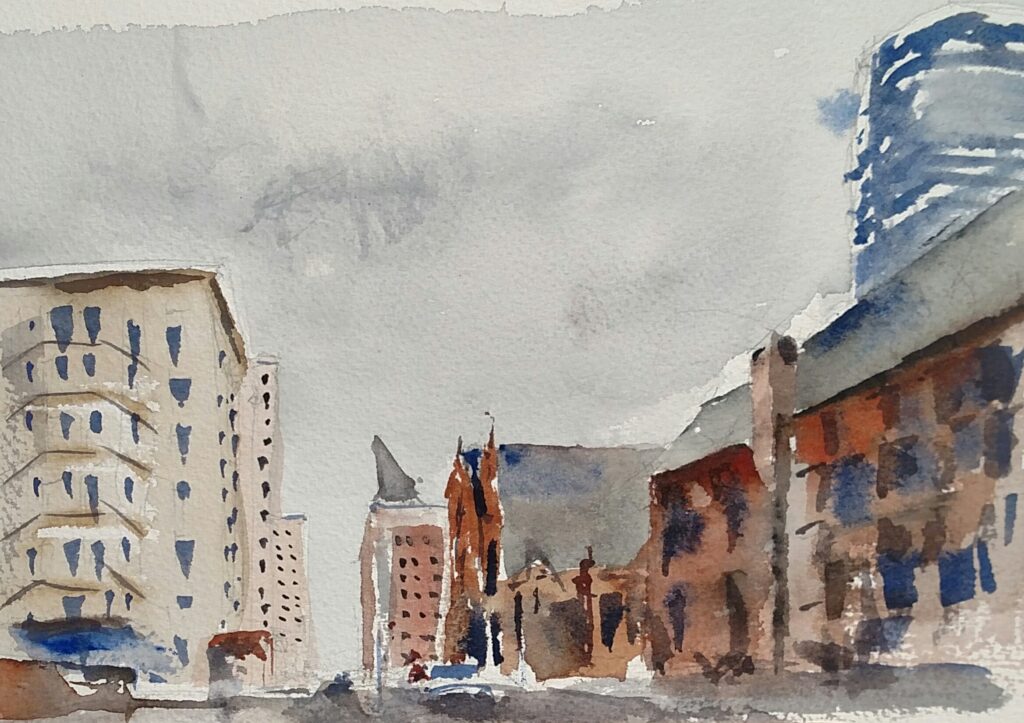 Five stories up, hanging on to a vertical ladder of small metal rungs, each about 1 foot wide and 4″ from the wall, sometimes you have to stop for a moment and just breathe (and hang on). This is no place for getting tense, nor is it the time to consider what you’ll be having for dinner. It is a balance of intense focus coupled with the zen of heights and avoiding the compulsion to look down. One doesn’t hang around too long though, the longer you stay there, the more likely that you’ll need the fire department to help get you down.
Five stories up, hanging on to a vertical ladder of small metal rungs, each about 1 foot wide and 4″ from the wall, sometimes you have to stop for a moment and just breathe (and hang on). This is no place for getting tense, nor is it the time to consider what you’ll be having for dinner. It is a balance of intense focus coupled with the zen of heights and avoiding the compulsion to look down. One doesn’t hang around too long though, the longer you stay there, the more likely that you’ll need the fire department to help get you down.

Skyline Detail, 3rd floor roof view from 5th & Spring Garden Sts.
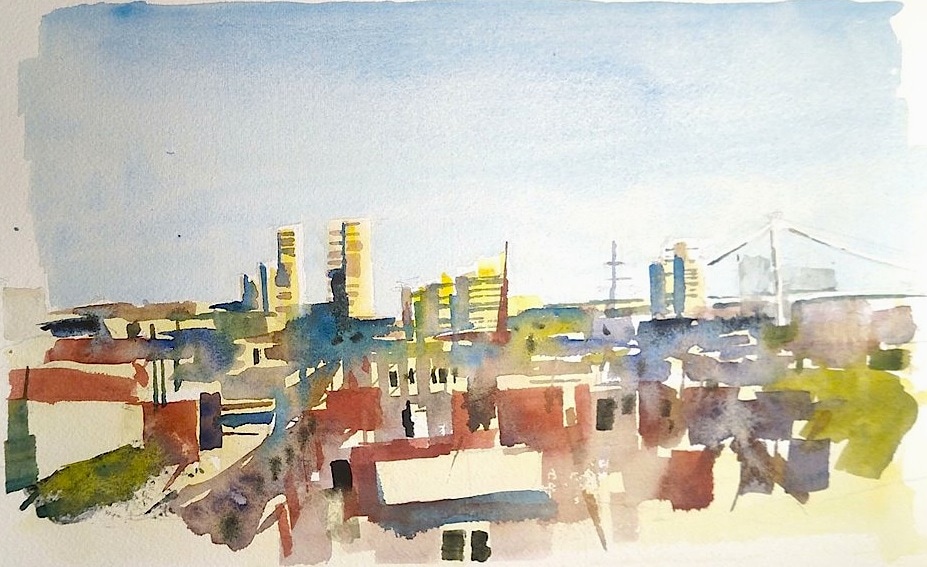
Skyline East, 6th floor roof view from Sharswood Elementary School in the Whitman neighborhood
It is, however, not the time or place to be delving into my interest of documenting imagery from our great and ever changing city. However, once on flat roof, I can whip out a cell phone and take photographs or panoramas of some of the best views of Philadelphia. This is a fringe benefit of being the resident roof consultant for The Sheward Partnership. Roof system design may not always be a creative outlet in the field of architecture, but it provides another opportunity for balance: combining the technical tasks of providing an energy efficient and watertight envelope, with appreciating the views of our great city.
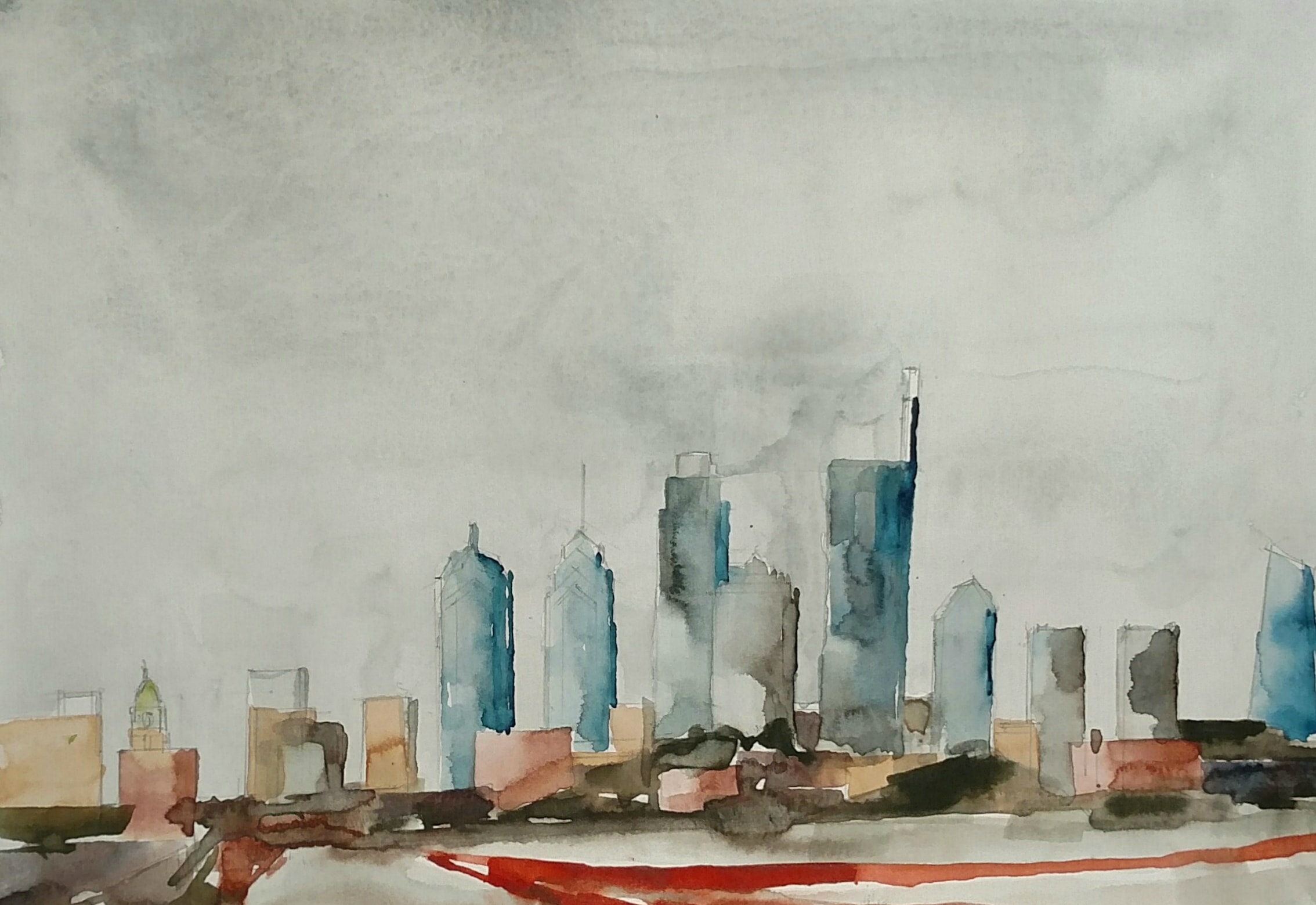
Skyline 3rd floor roof view from North Philadelphia School District bus garage roof
As a born-and-raised Philadelphian, I recognize the great traditions brought forward by the artists that have called Philadelphia home, and my own technique stems from years of trial, error, and experimenting. The process for these paintings was done in the studio from photograph. Since my primary responsibilities during these roof visits are work-related, photographs are taken and often several studies are done later to establish the form and color palette. As a painter who had developed an interest in documenting the everyday life in painting and drawing, I use the opportunities these views give me to capture imagery that displays everyday Philadelphia combined with the iconic, in yet another balancing act.
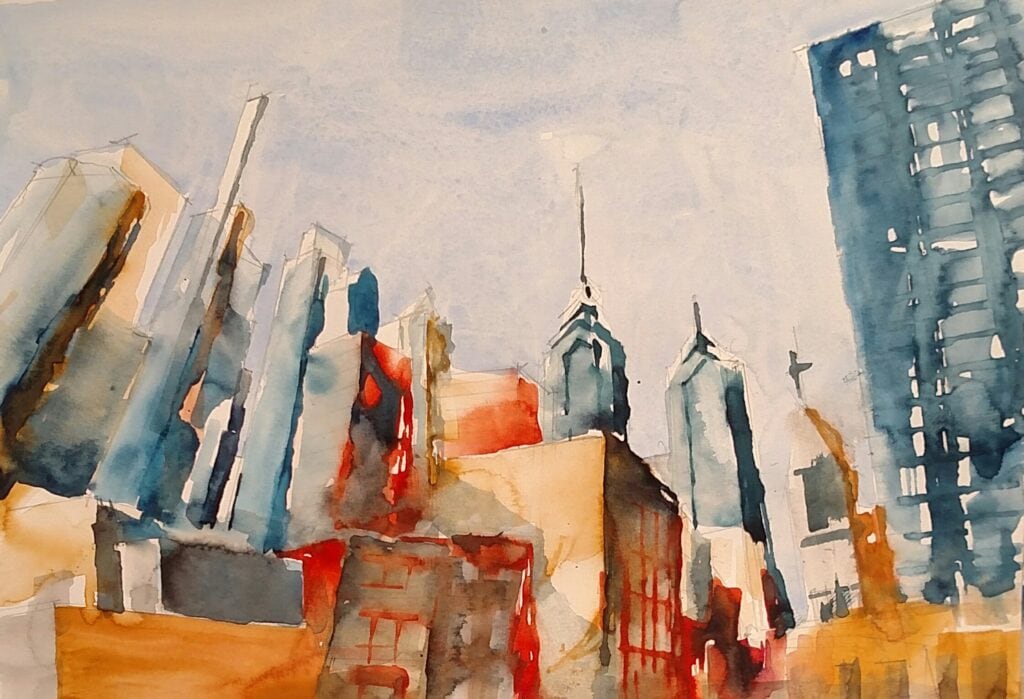
Skyline 5th floor roof view from 23rd St., Home of The Sheward Partnership
The original scene is lightly sketched in pencil. Then, in a series of layers, working light to dark, is applied. The color palette consists of a warm and cool version of each primary color, along with a neutral shading color for the deepest shadows. Often, the unpredictability and behavior of watercolor, combined with the several key factors that influence creativity: atmosphere, time of day, time allowance, and other factors, turn a painting experience into an improvisation of color on paper. That is to say, sometimes the improvisation doesn’t work.
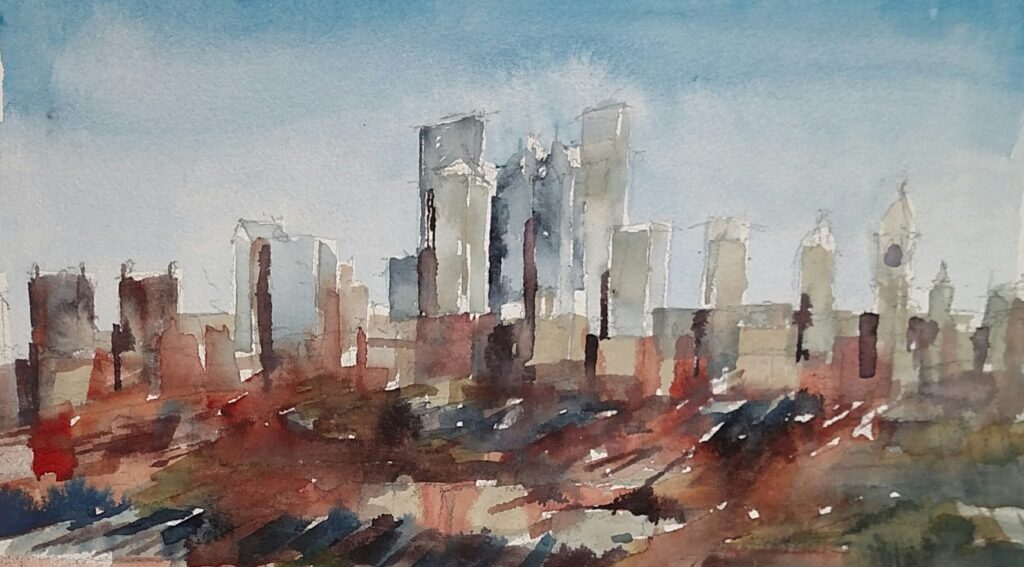
Skyline West, 6th floor roof view from Sharswood Elementary School in the Whitman neighborhood
Using watercolor allows for fast and effective color application, and the inherent transparency of the medium showcases the light that fills the city on a daily basis. Each of the studies shown were done in under one hour. Working in this way provides the final balancing act: the chaos of water media along with the control of shaping form and establishing light in a limited time frame. Once every so often the balance is struck between intention and the happy accidents of water media.
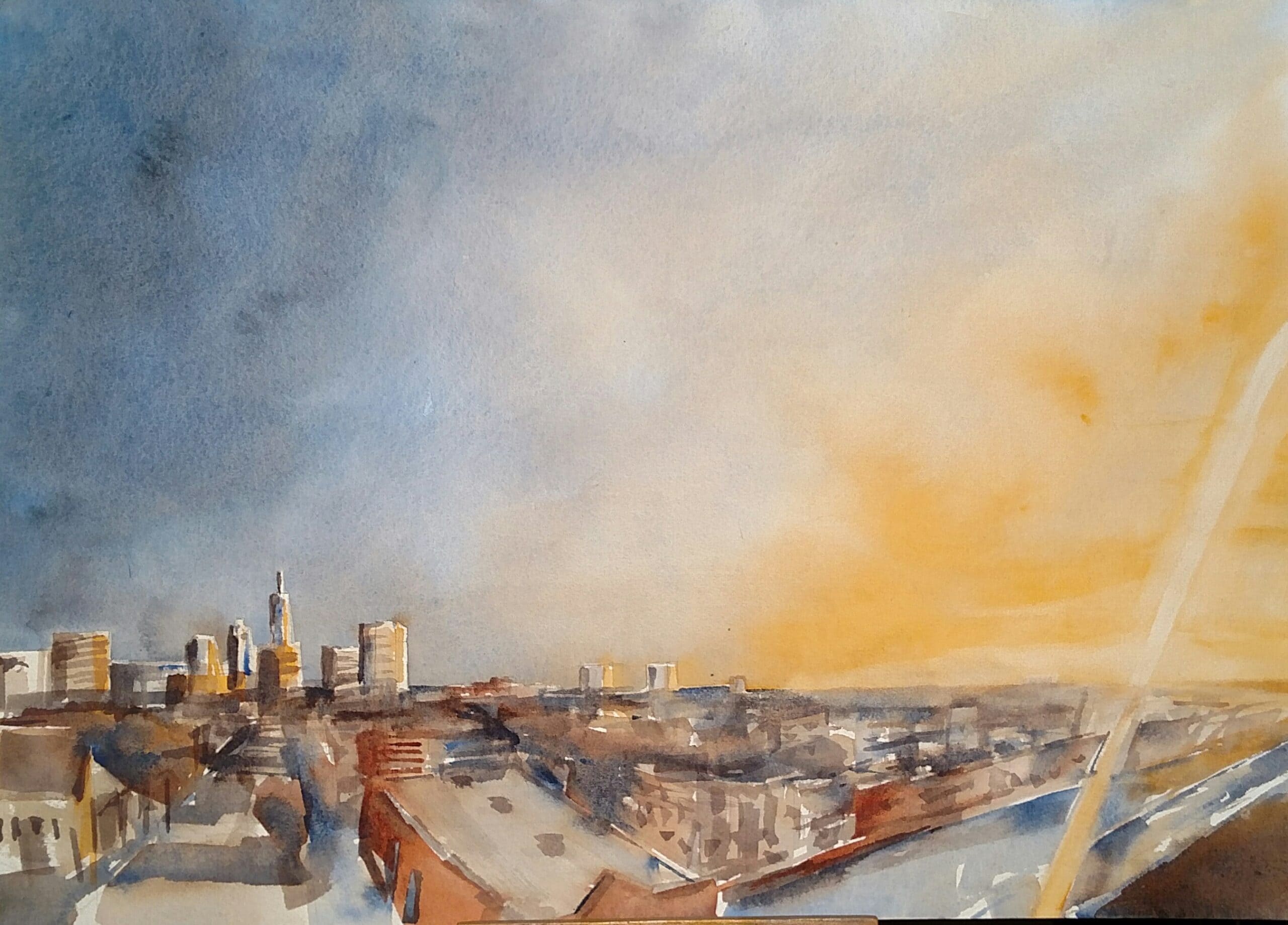
Skyline 7th floor roof view from West Philadelphia Sheward Partnership office, 40th & Market Sts. (Reference photo by Roger Hoffman)
At the end of the day, ground floor terra firma is also a good place to sit and take the opportunity for creativity.
Written by Cory Neale, Project Manager


